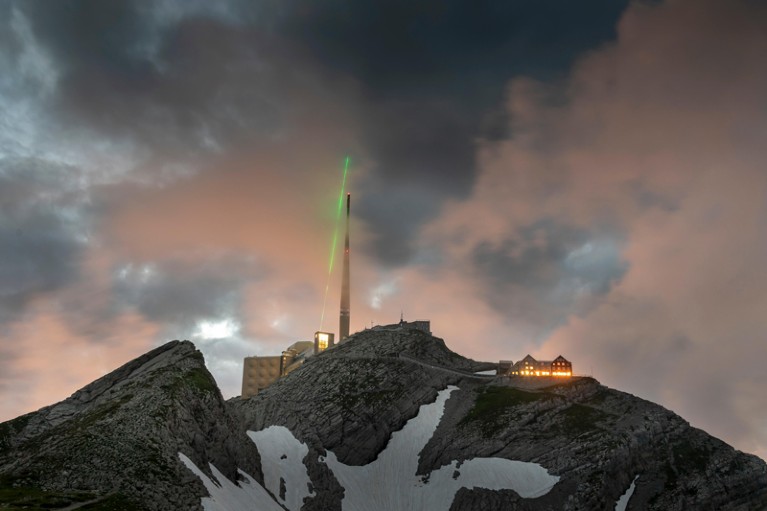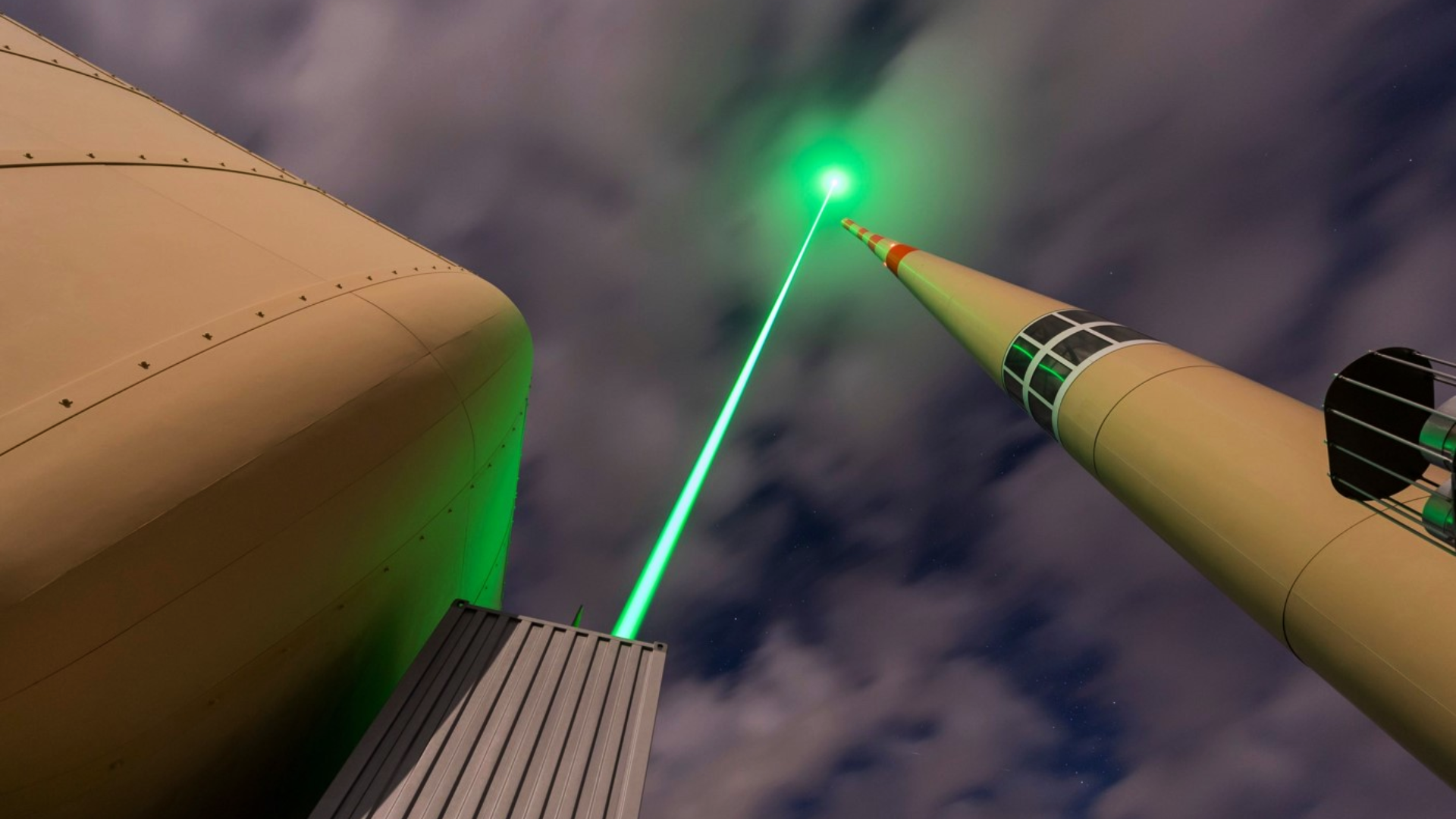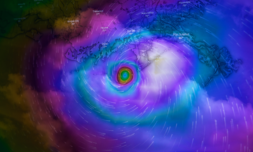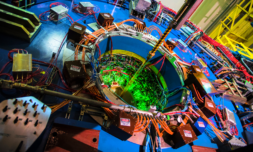Scientists have successfully diverted lightning strikes for the first time using a powerful laser beam directed at the sky. This looks to be the future of novel protection strategies.
Without recovering Thor’s hammer, this is probably the next best way of controlling the fierce phenomenon of lightning.
Scientists have demonstrated a first in the world of photonic studies, successfully diverting the natural path of a lightning strike by pointing a powerful laser beam towards the heavens.
The field study, detailed in the journal Nature Photonics, confirmed long-held suspicions that intense laser pulses firing thousands of times a second may be able to intercept these thunderous discharges and displace them.
While metal poles called lightning rods have guided volts from rooftops into the ground since 1752, lasers reportedly generate strong beams of ionised air – called plasma – able to conduct lightning over far vaster regions. Eat your heart out Benjamin Franklin.

The state of the art device developed by Munich-based manufacturer TRUMPF stands 8m long, 1.5m wide, and wouldn’t look out of place in a sci-fi disaster movie. Mounted at a Swisscom telecommunications tower atop the summit of Mount Santis, it was here that the technology’s triumph was recorded.
Precariously located 2,500m above sea level, the facility is typically struck by lightning around 100 times a year, making it the perfect spot to test the laser’s effectiveness… and/or build a vampire estate.
Over the course of a three month period, from June to September 2021, the laser was activated every time a storm was forecasted.




















